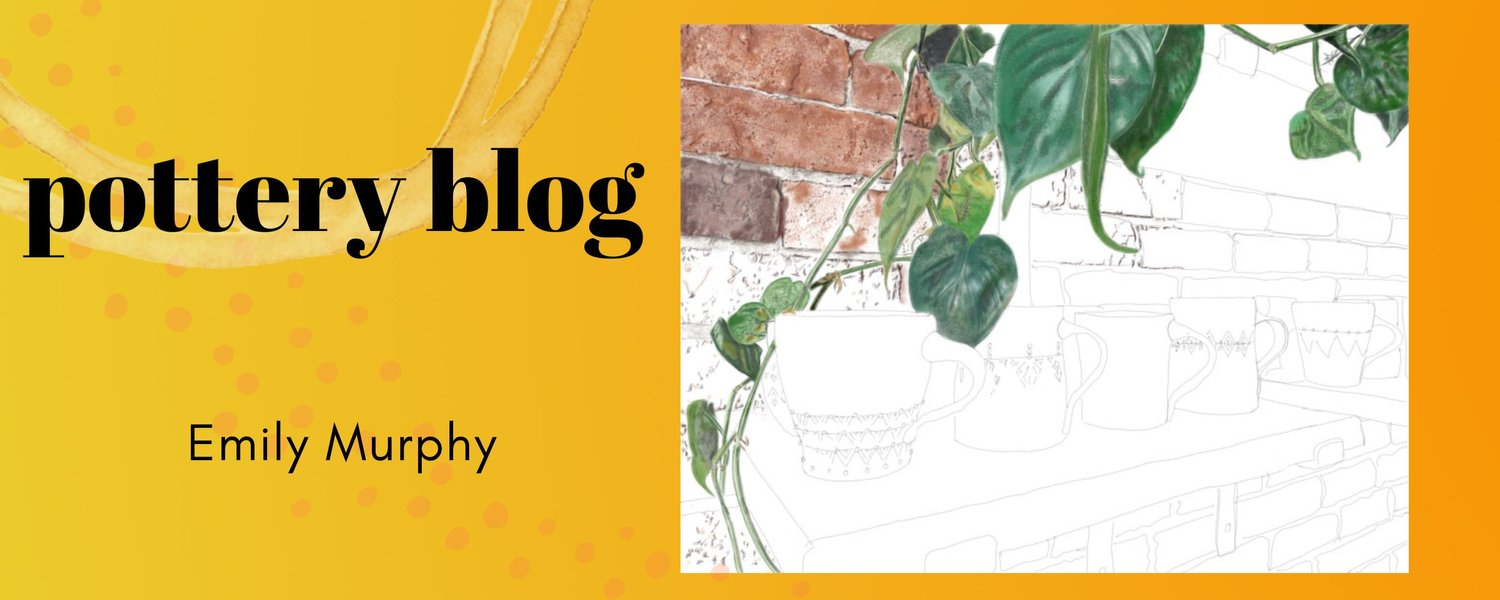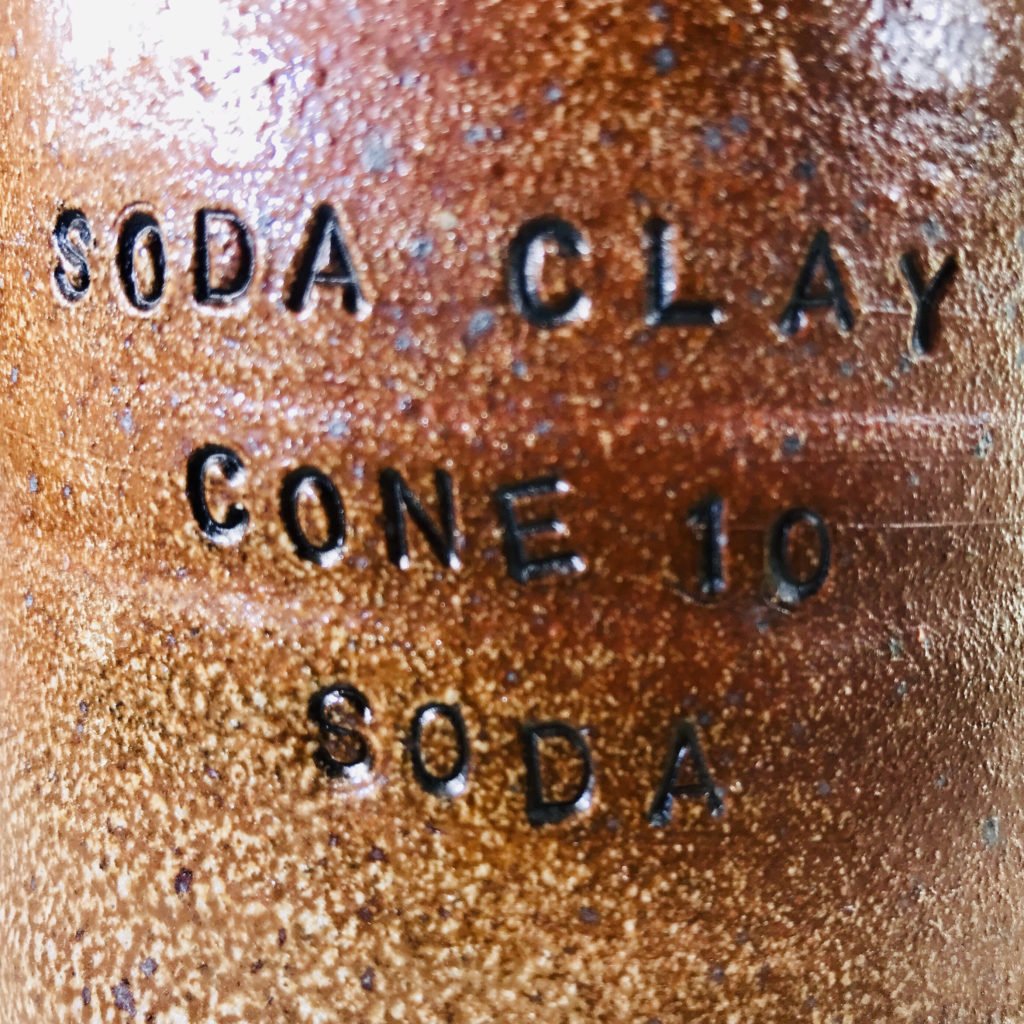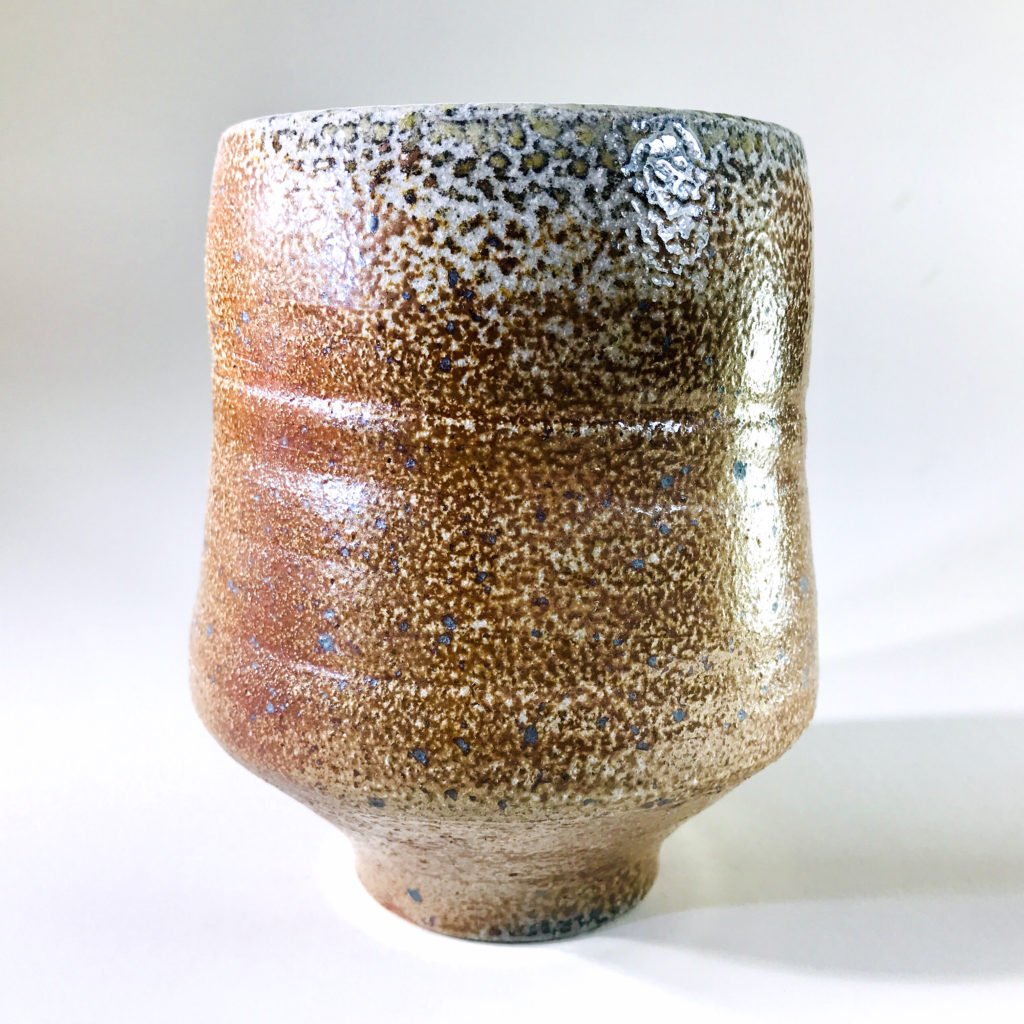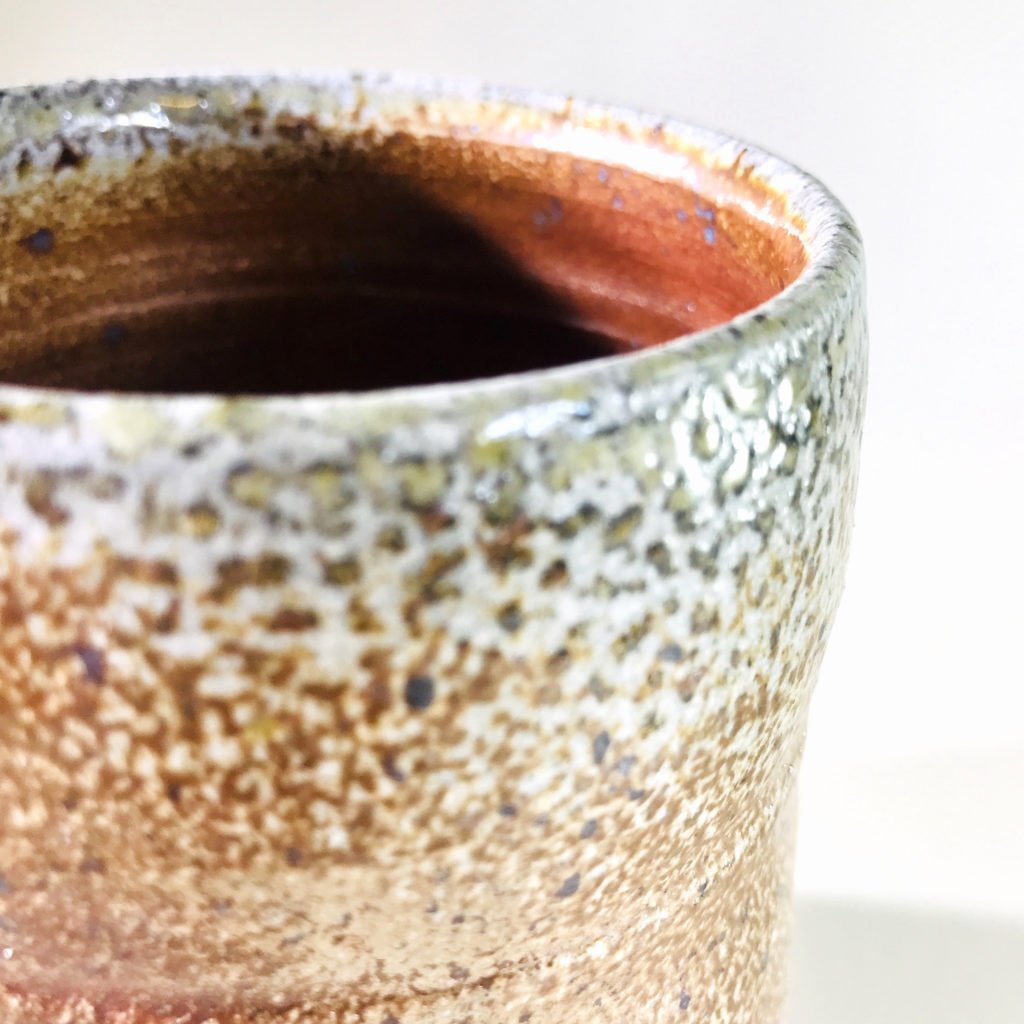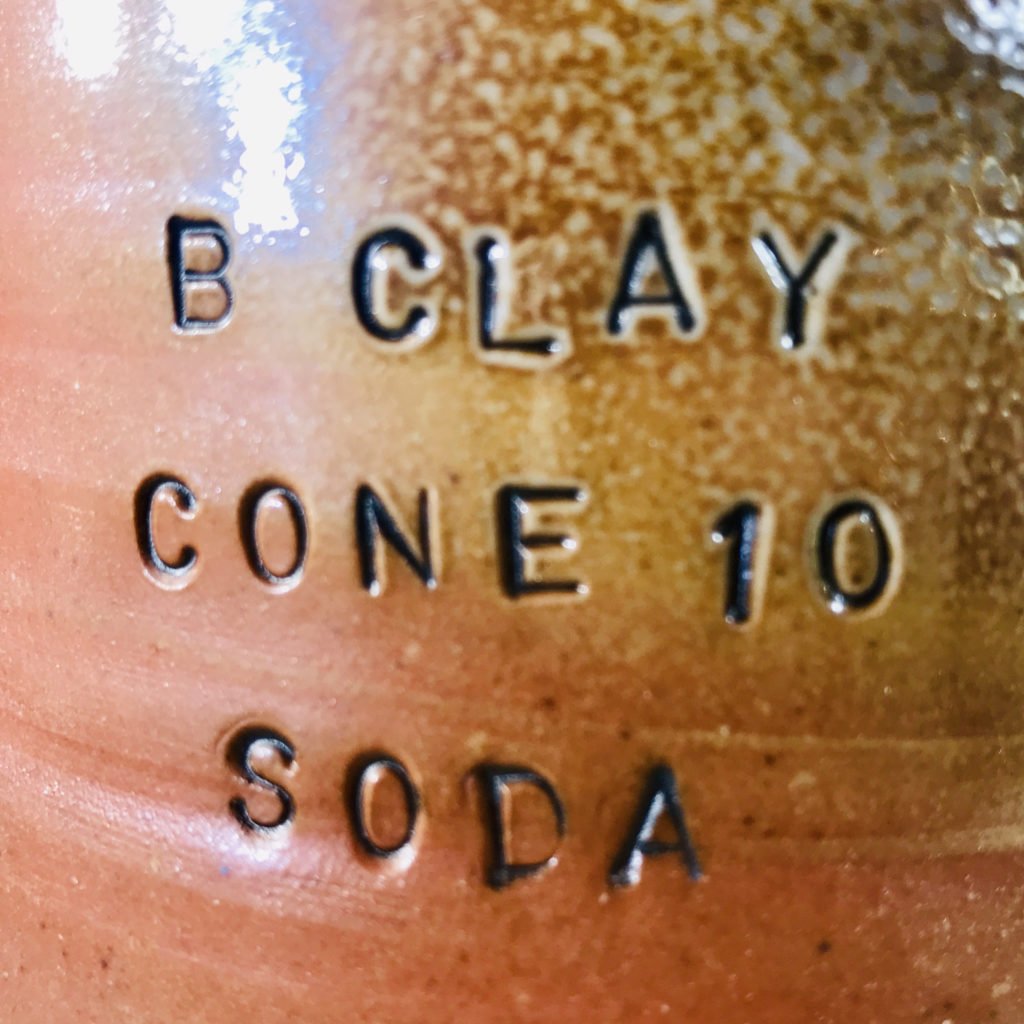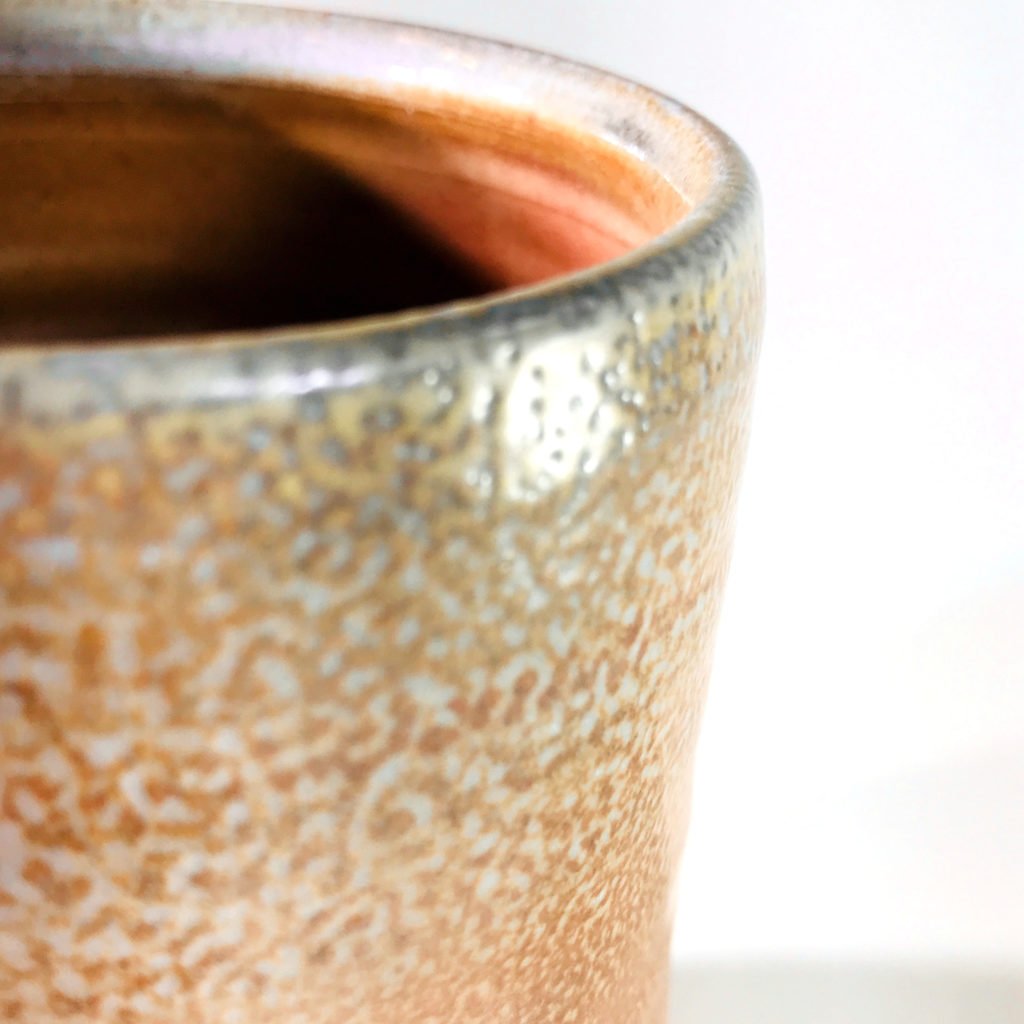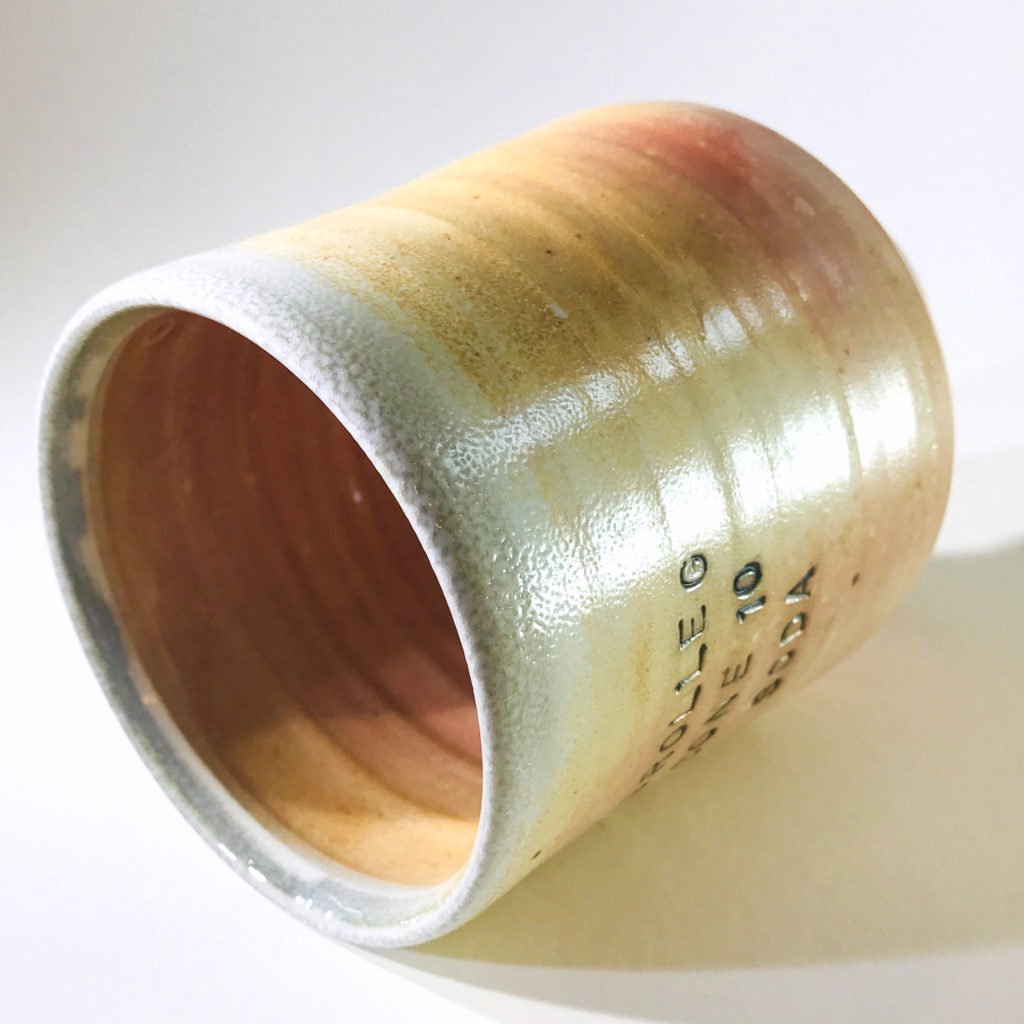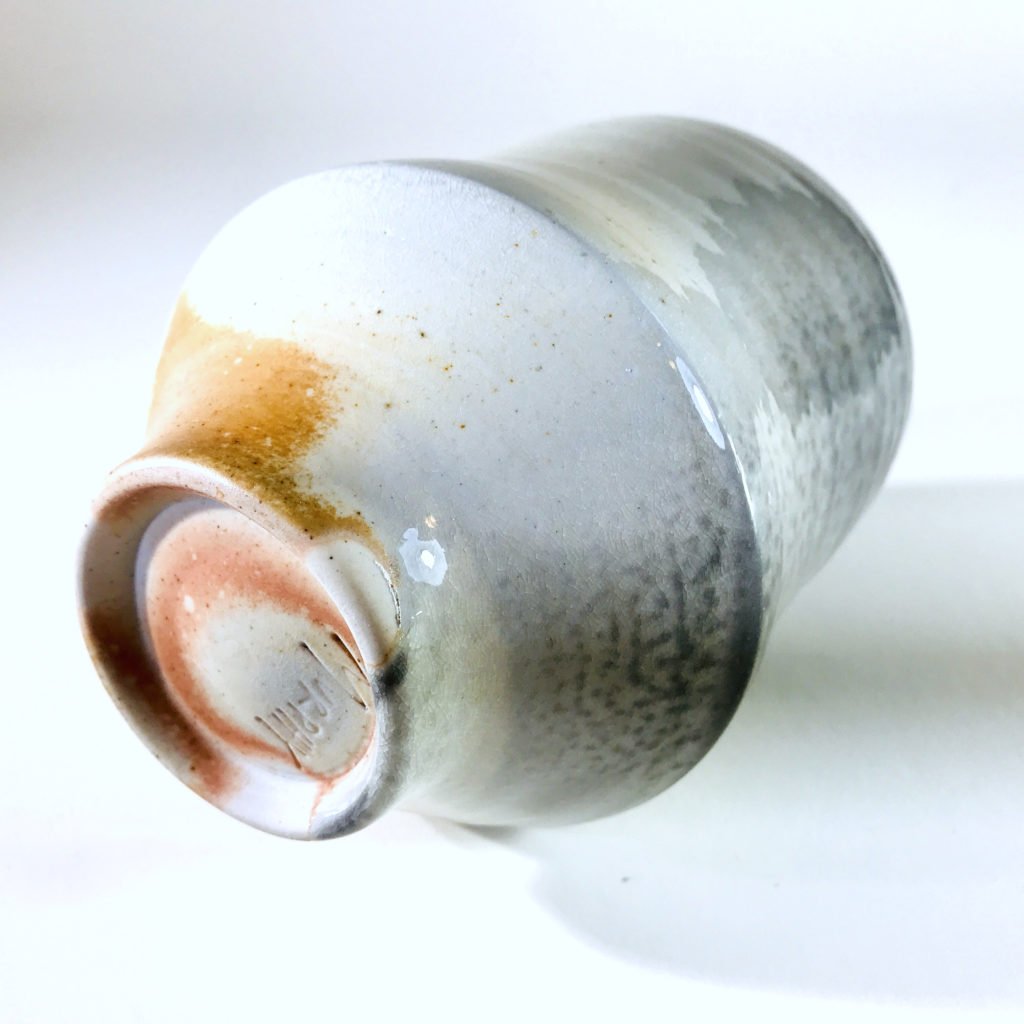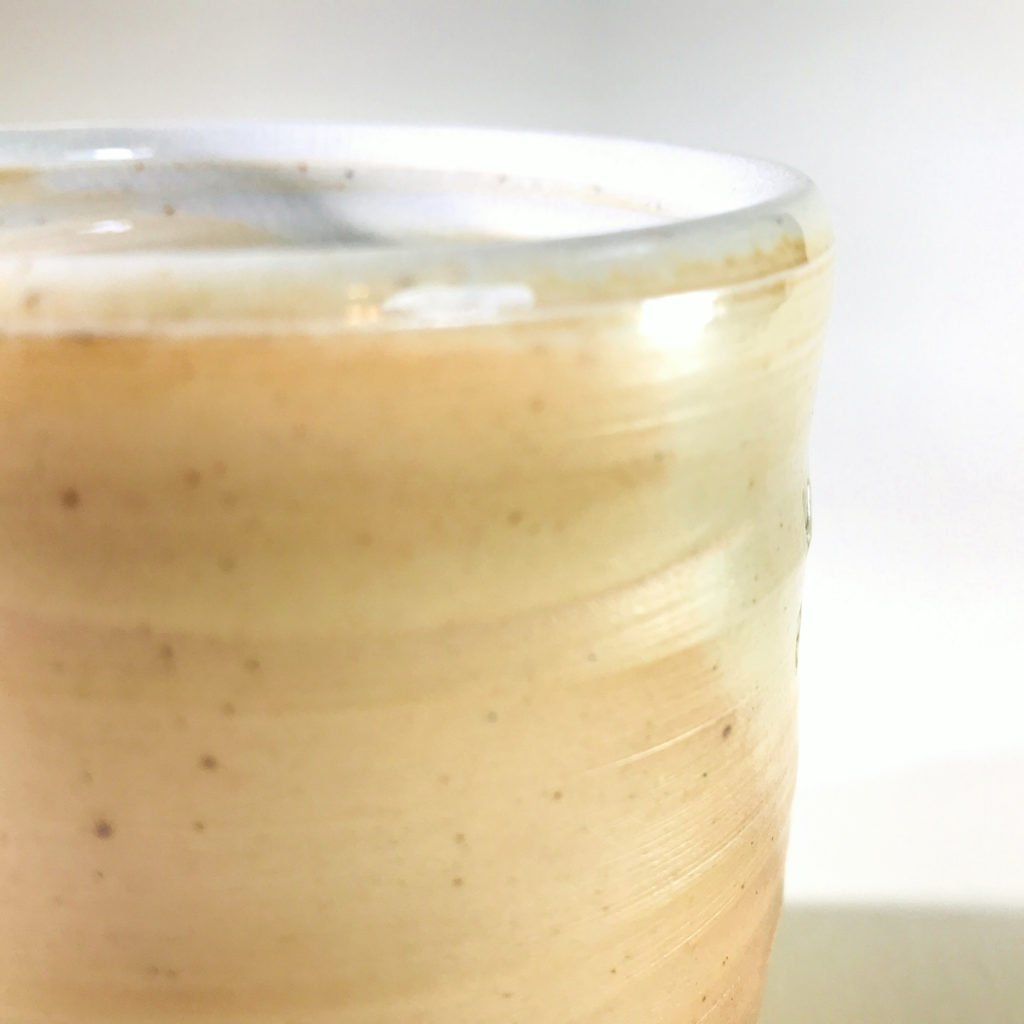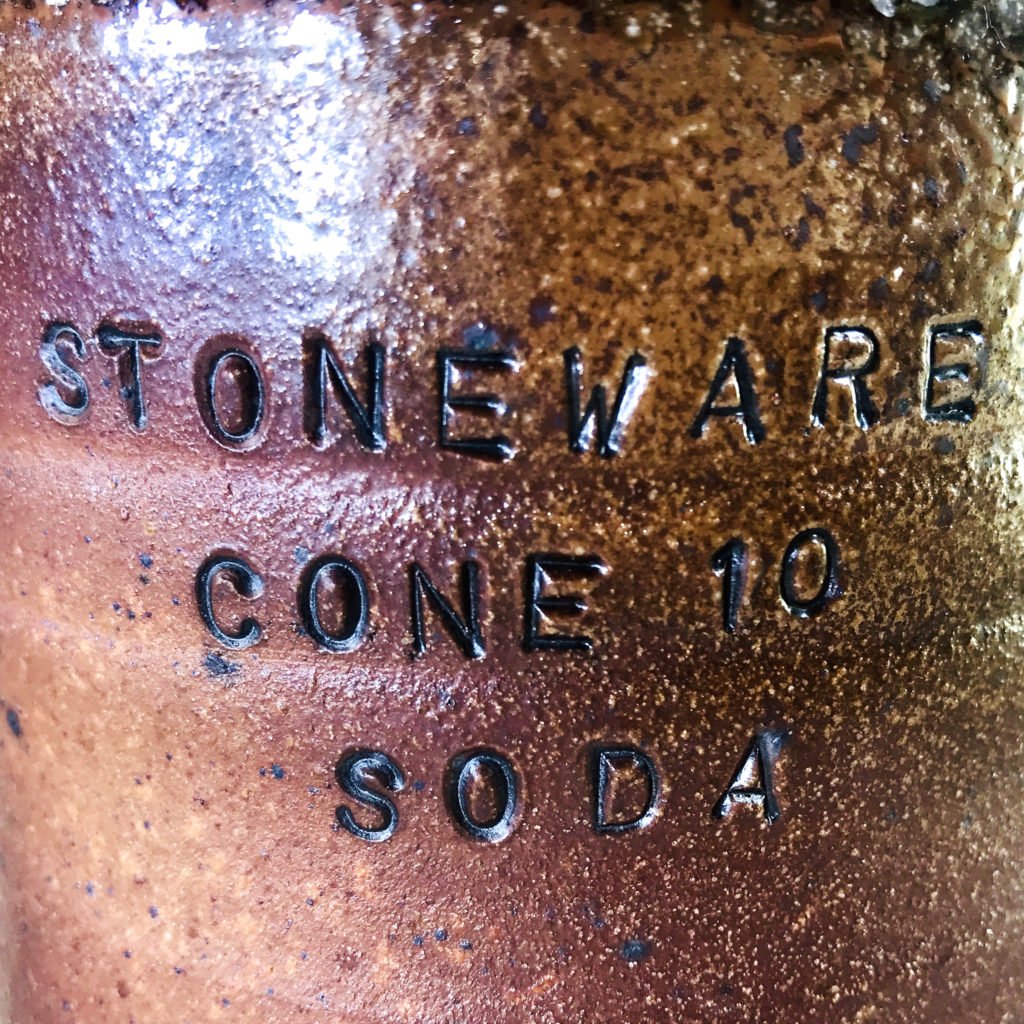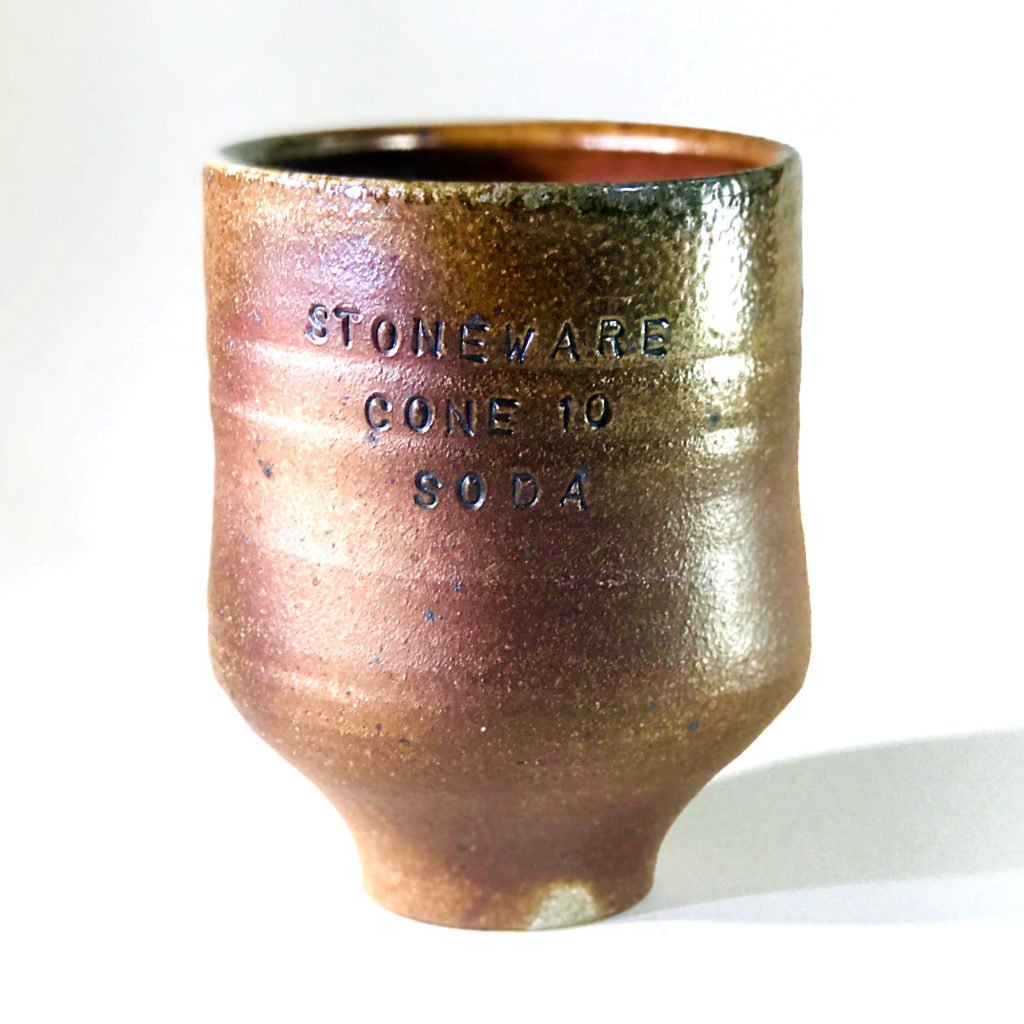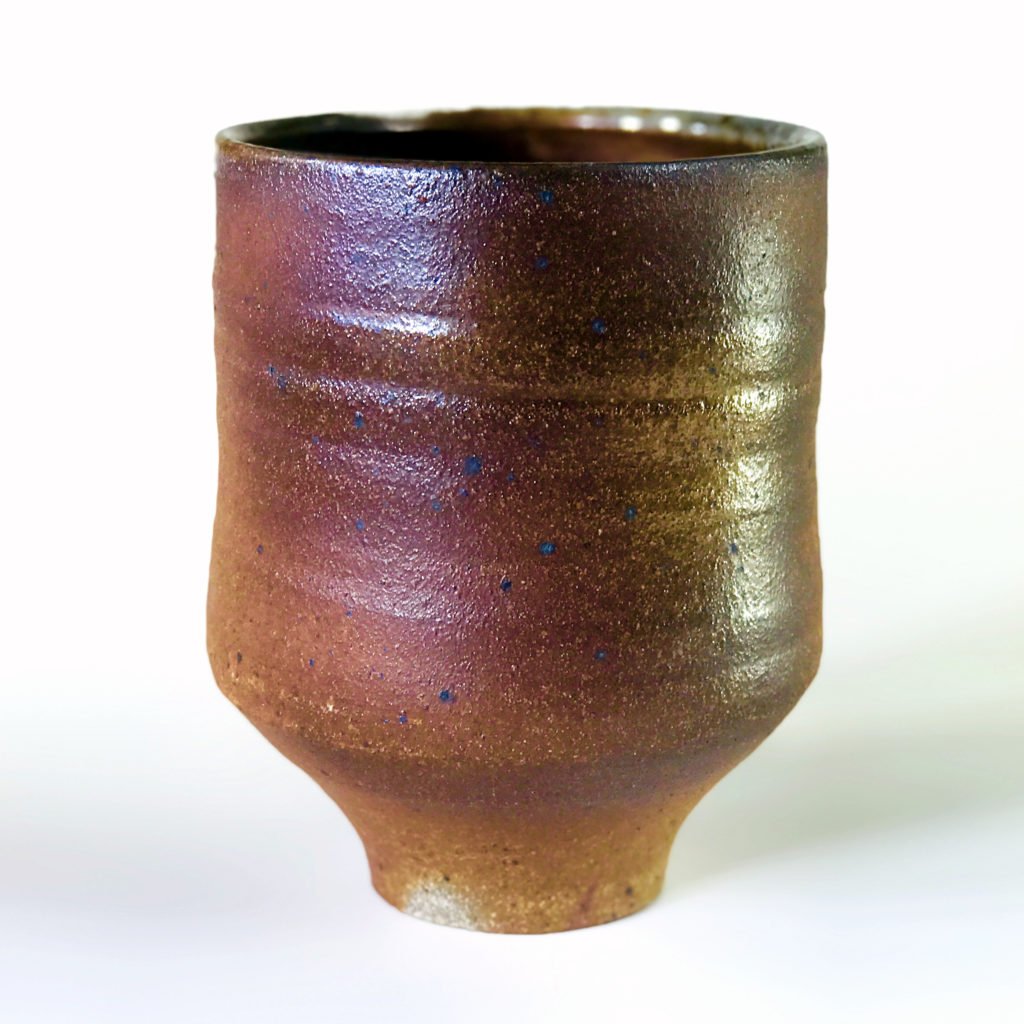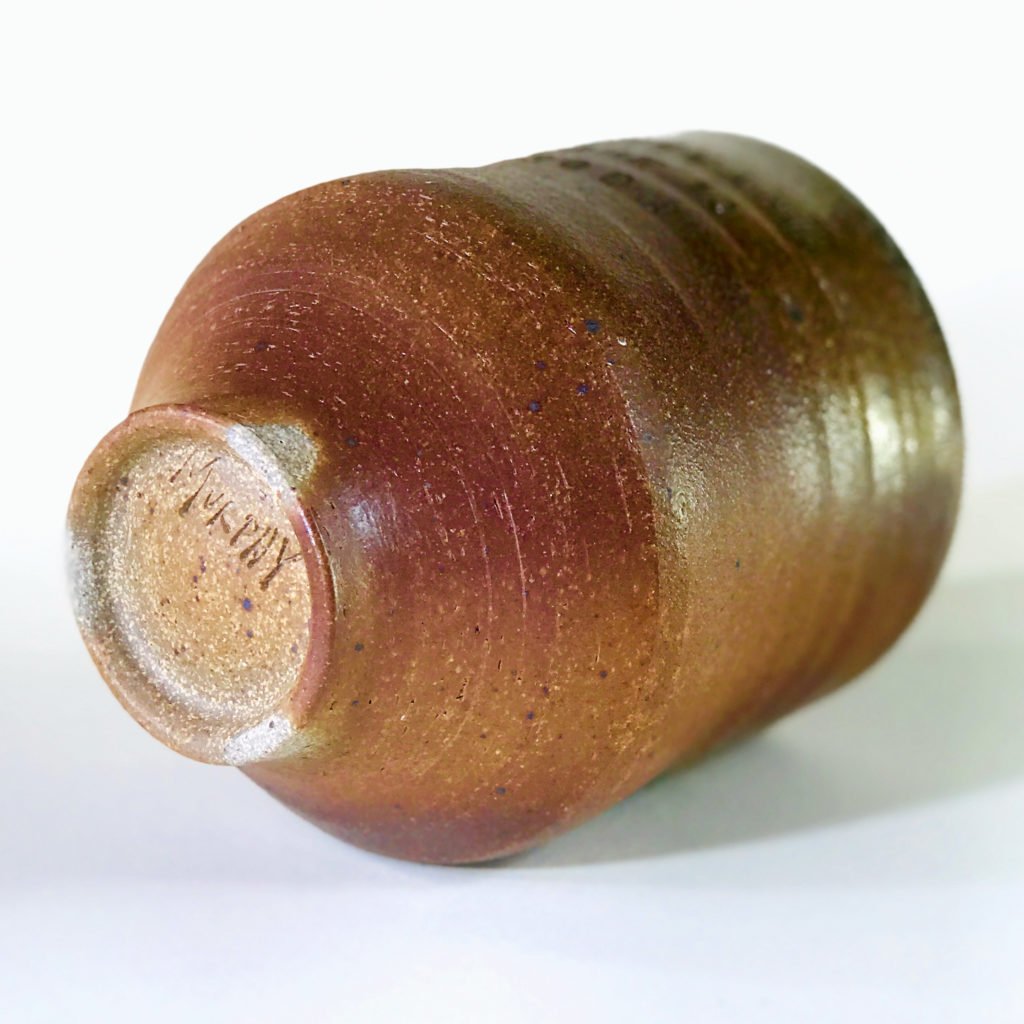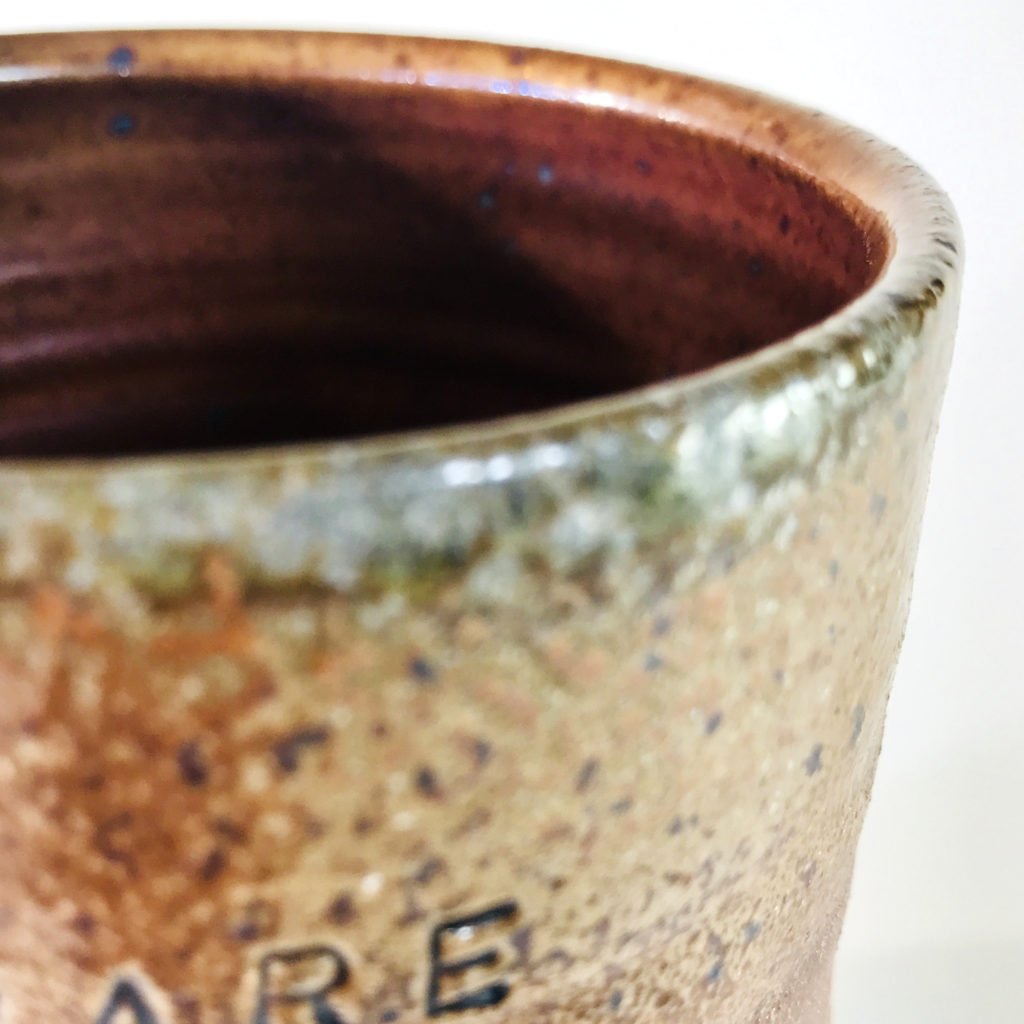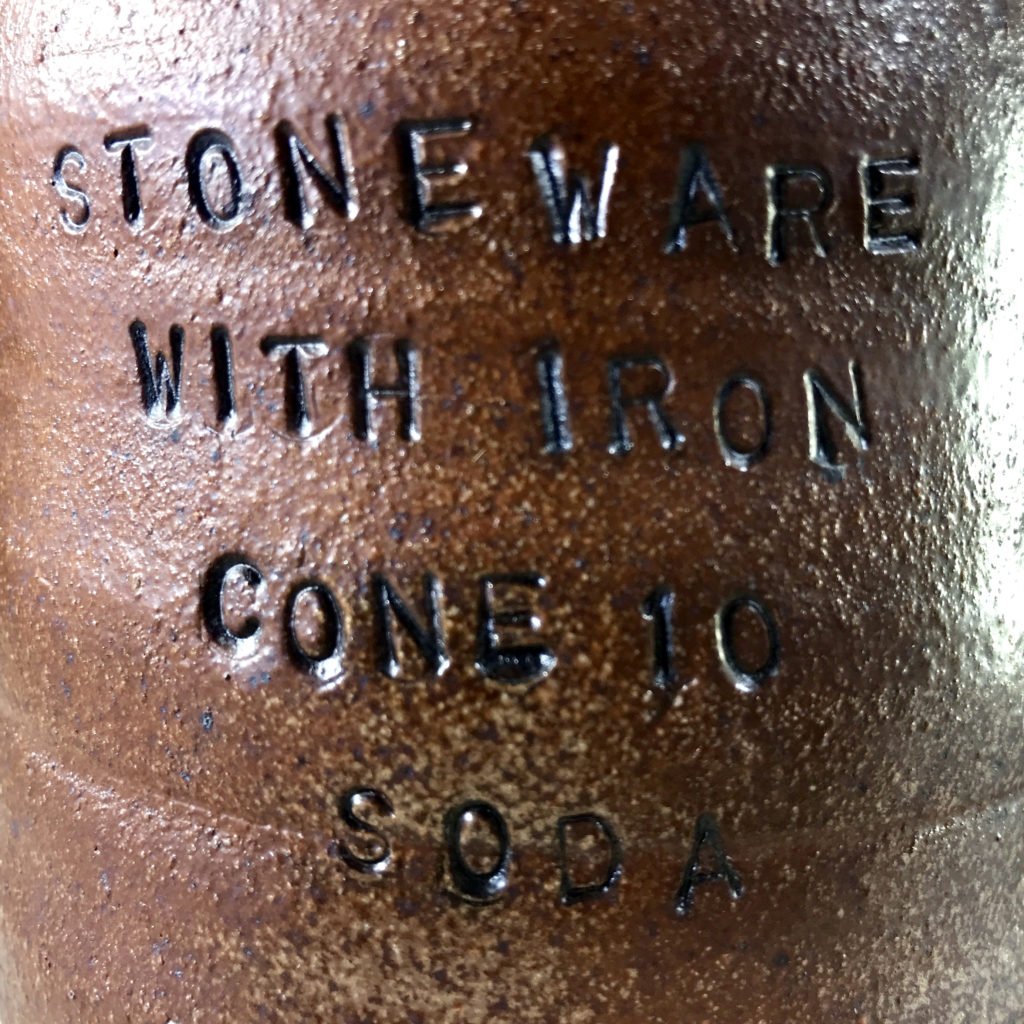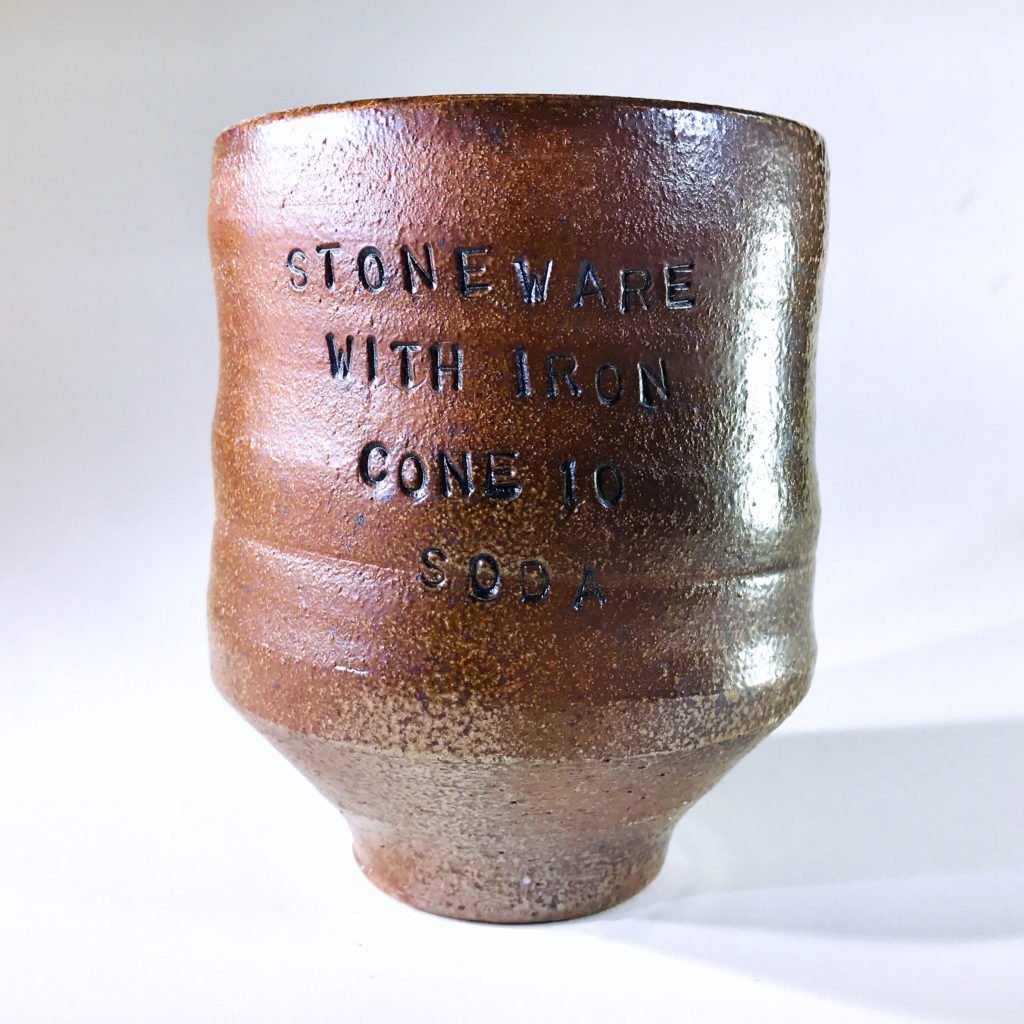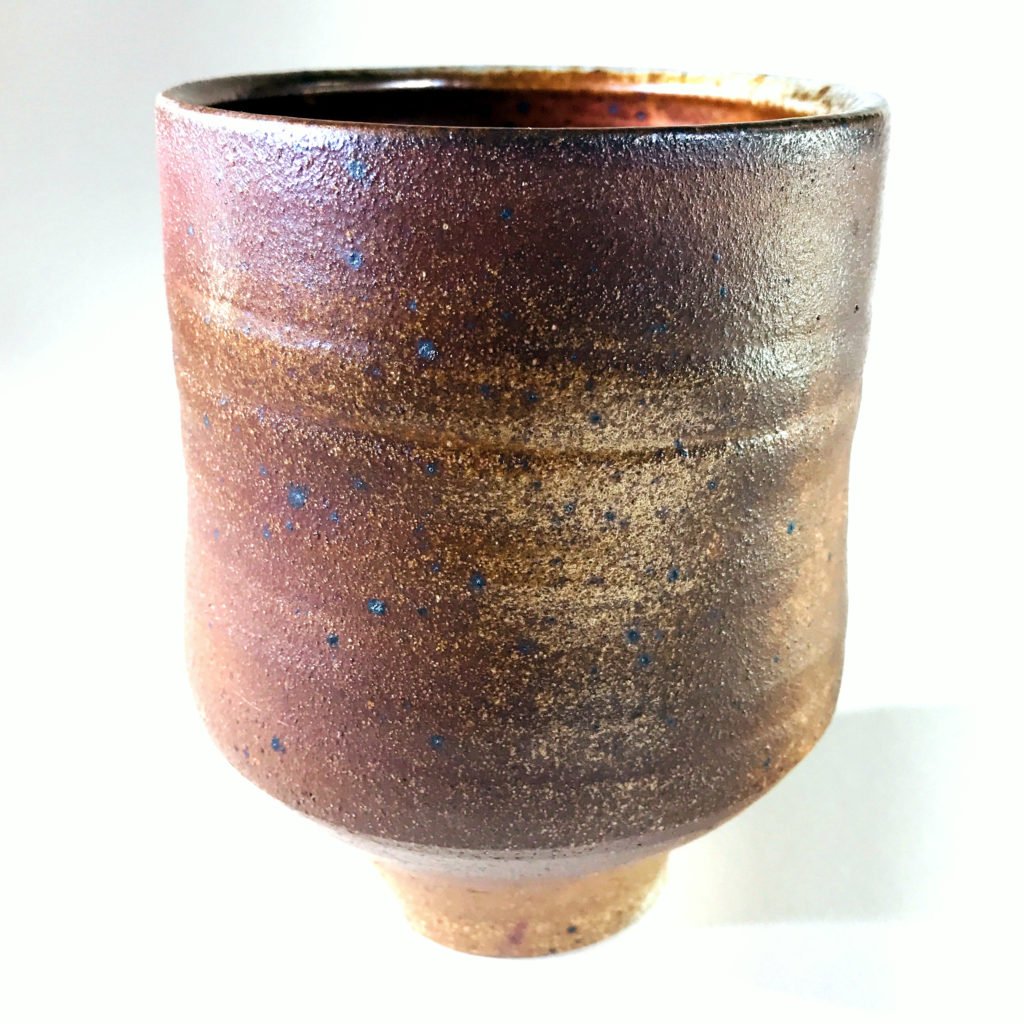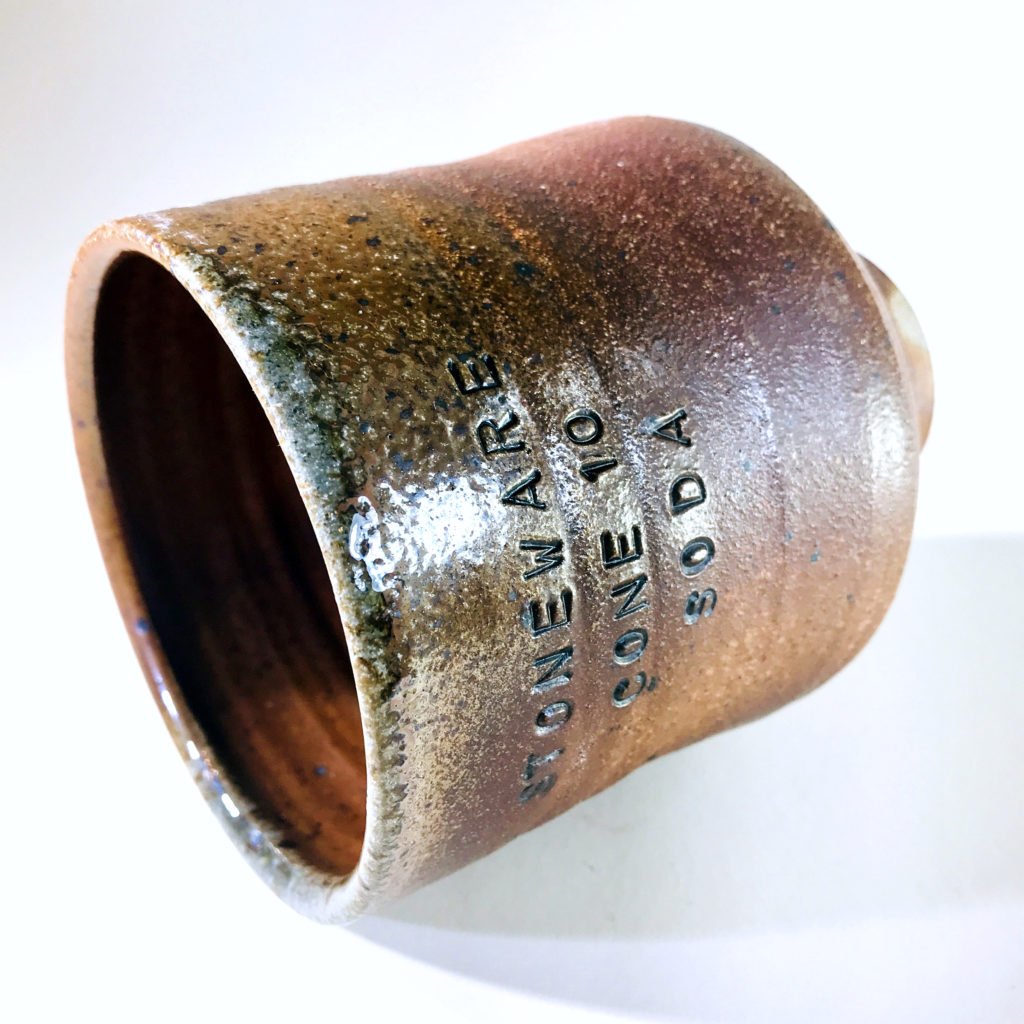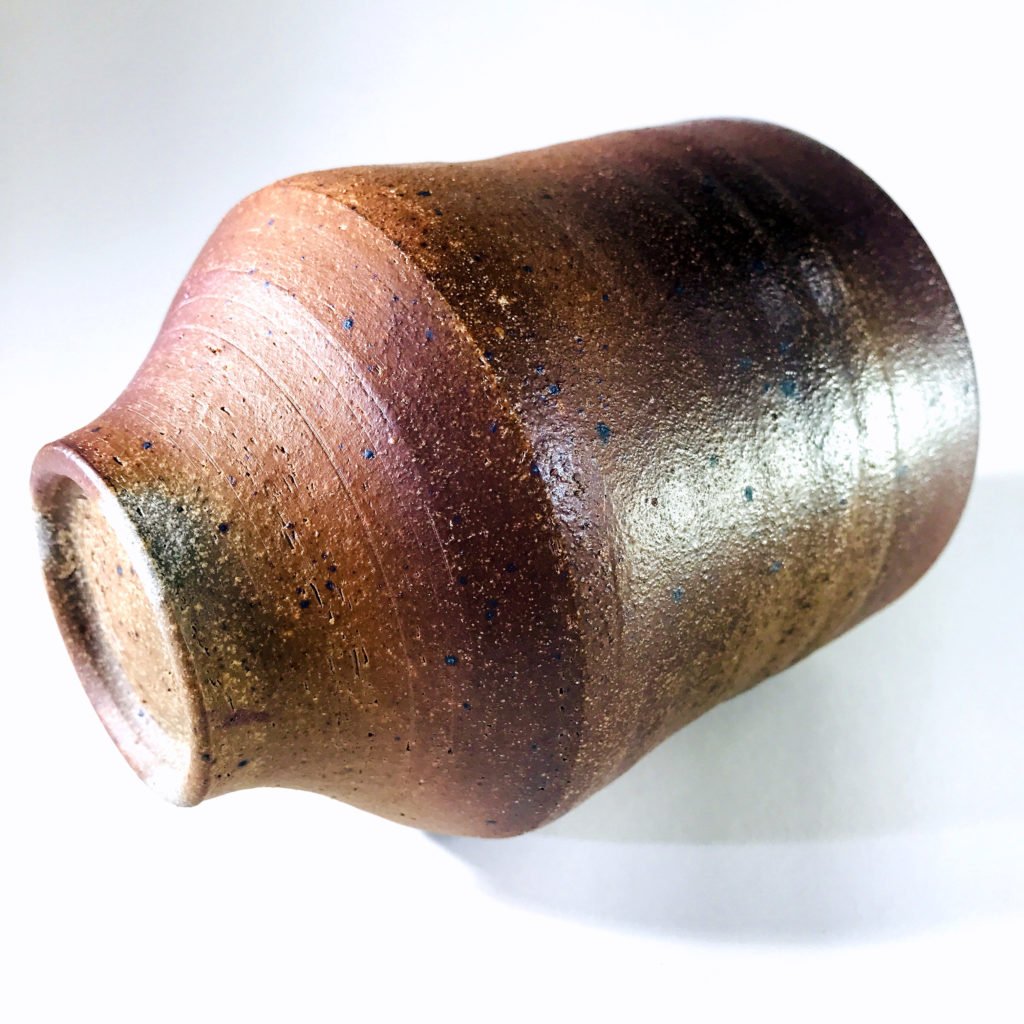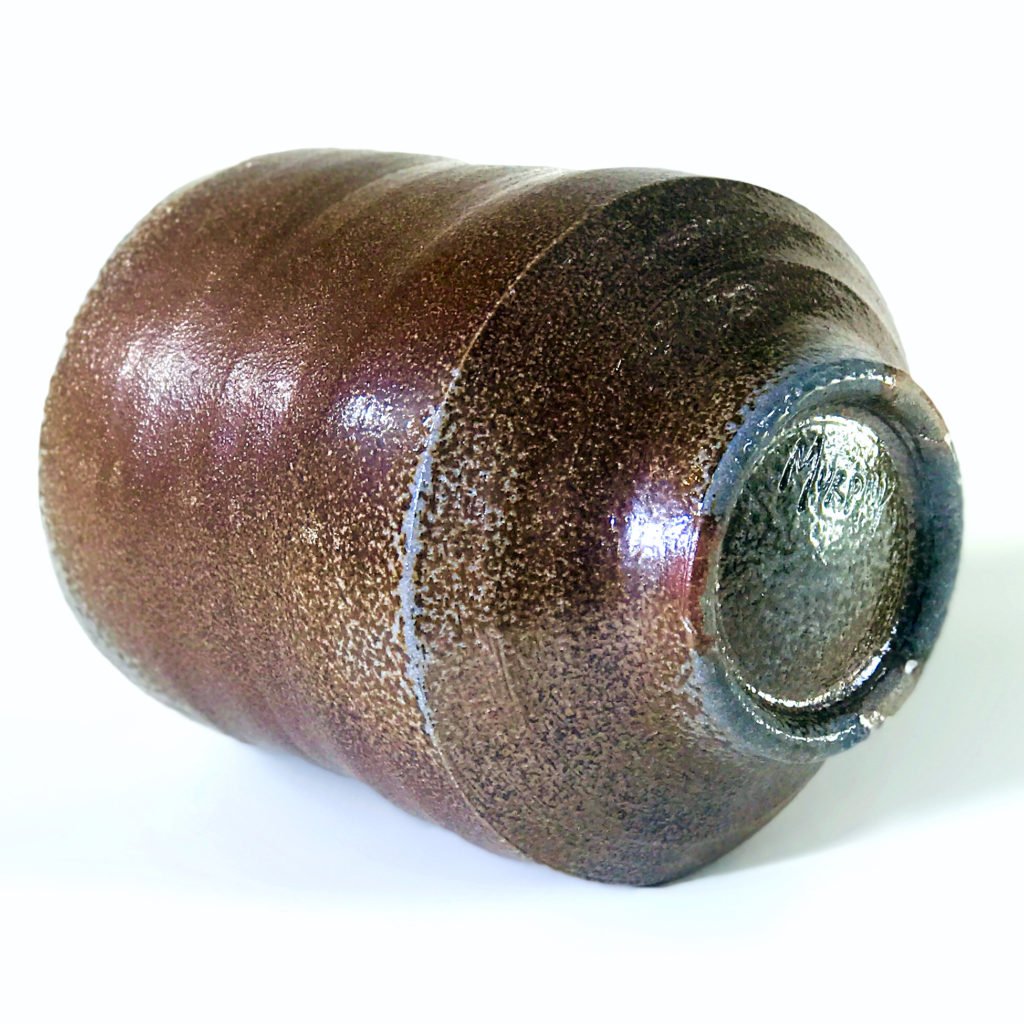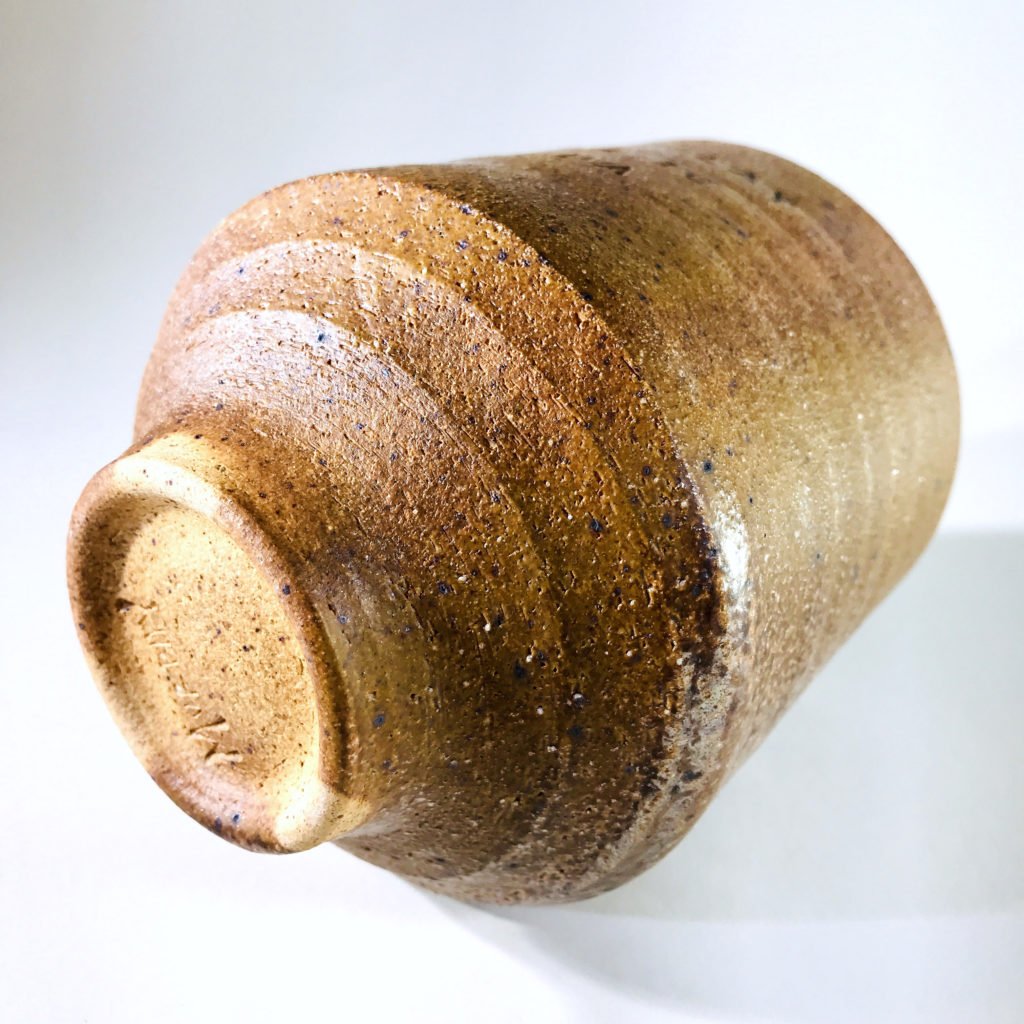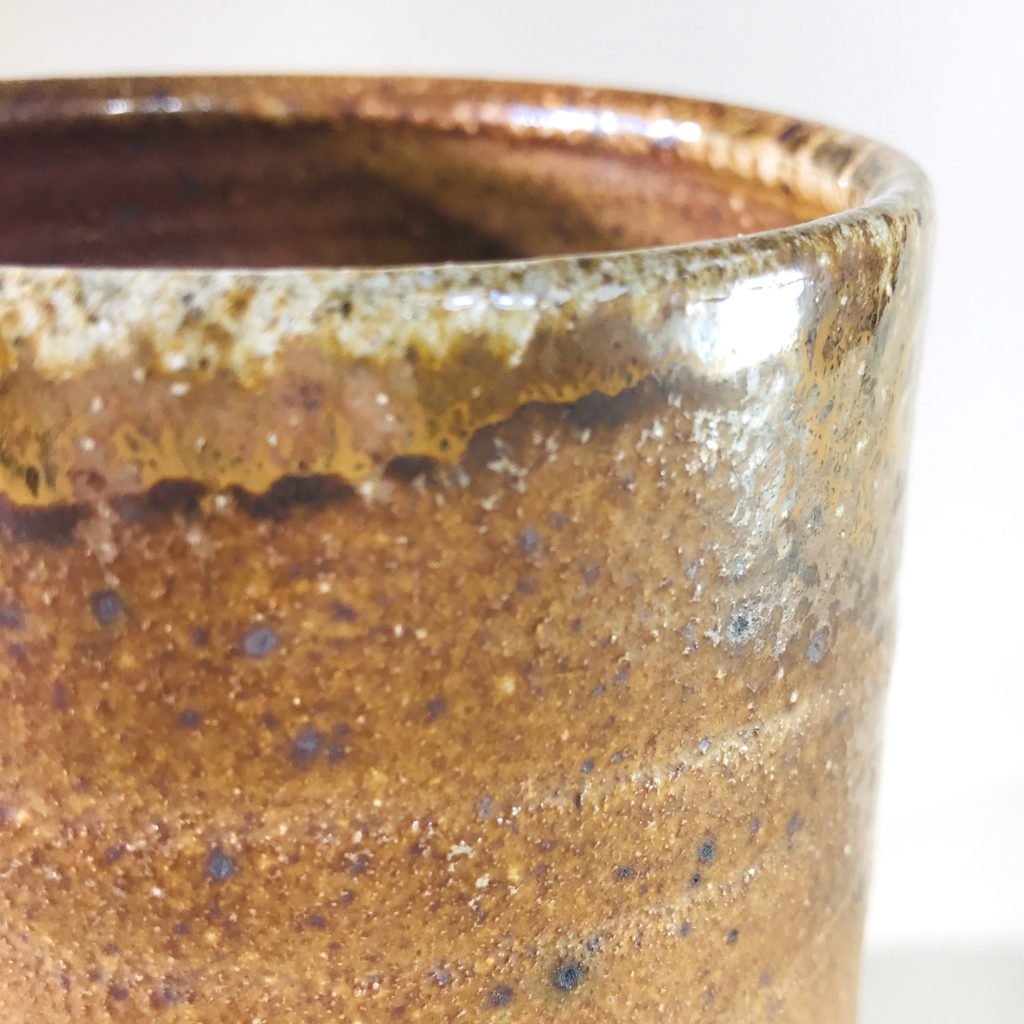a (follow-up) study of clay bodies from Continental Clay fired in a soda firing
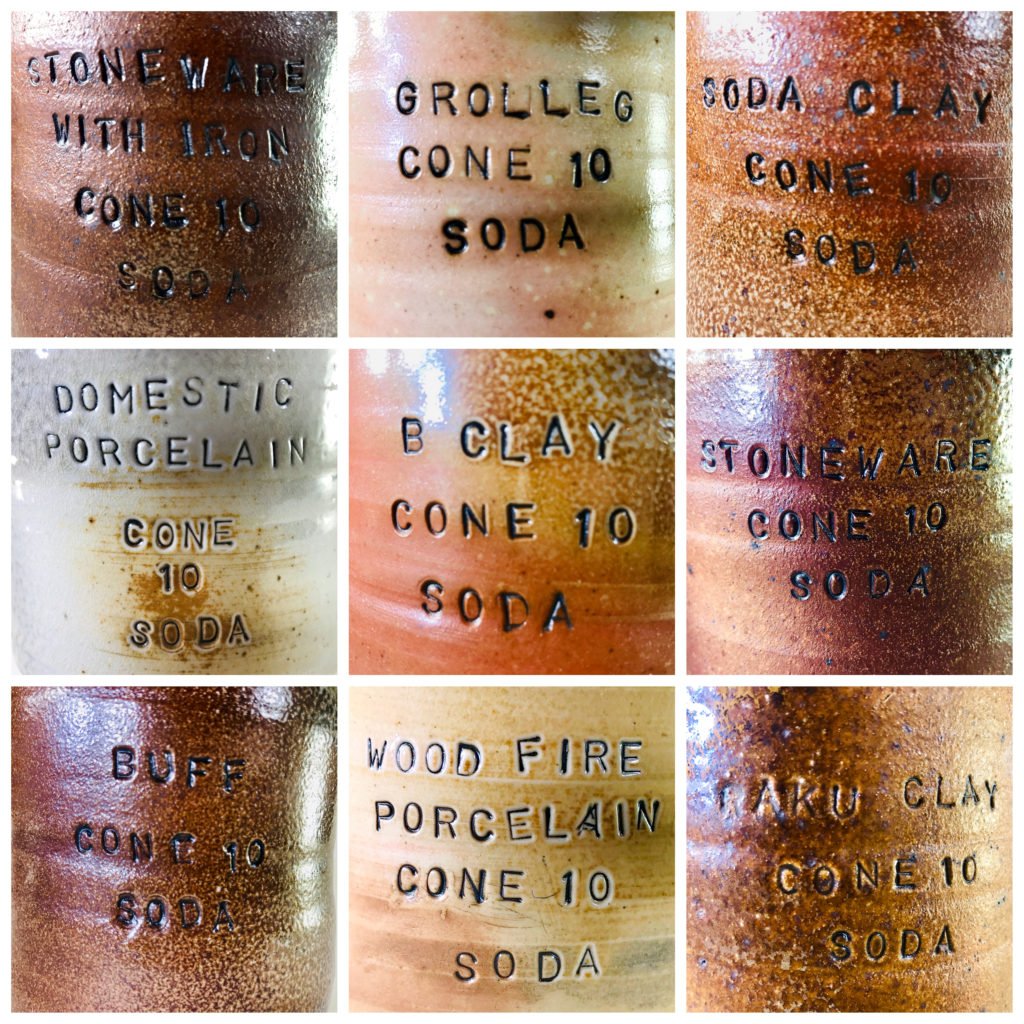
Over the years, you may have come across some tea bowls that I made of the clay bodies at Continental Clay in their shop in Minneapolis and also shared in a previous blog post as well as. The blog post still gets a ton of visits, but it felt like time to update them... it has been 13 years! New examples! Better photos! More clay bodies!
I use these examples to help my students at the Northern Clay Center choose what they want clay body they to use (minus soda and woodfire clays). I hope these photos capture the range of finishes these clay bodies give and can help some of you decide what you want to use, too! Each piece is glazed in a thin shino, just on the interior. The soda ash in the shino comes through the wall of the bisqued clay and adds another level of flashing to the piece! All pieces were fired to cone 10 in reduction with soda sprayed in around cone 9. I've added some thoughts on each of the clays. I highly encourage you to play around with different clay bodies in soda - whether it is from Continental or another supplier. You can change the surface of your piece with flashing slips - or by switching up the clay!
First up is the Soda Clay body from Continental Clay. It has beautiful flashing and great orange peel that can have a lovely green color to it. It is groggy and can be rough at first, but you'll quickly get used to it quickly4. But it will dull your trimming tools quickly! It has some excellent durability that can stand a lot of abuse. It seems like it has an above average high alumina content and can be a bit dry when not hit with soda. But a lovely range of flashing and texture to it. When I was primarily soda firing, this was my main clay. It a custom body that we used at Lillstreet, and then CC adapted it into their own Soda Clay body.
The B Clay from Continental Clay is a dream to throw and can flash spectacularly in a soda firing. Especially with shino as the liner glaze! The range of color is wide. And although this sample is very colorful, it still doesn't catch all it can do. If it is in an oxidized pocket of the kiln, it can be more tan and even in color. It's the top clay body choice by my soda students at NCC. And probably my favorite clay to throw. Both B Clay and porcelain do some extra flashing when lined with shino.
Grolleg Porcelain has my heart! It can be fickle, but when it does its thing, it is glorious! Again, the secret is glazing with shino as a liner so it takes the flashing up a few notches. Check out the range of colors! The peachy color really comes out when the piece is thin and a liner glaze of shino is used. If Grolleg is in a pocket of oxidation, it can be just white. Or if it is in a heavy soda and reduction area, it can be a shiny grey sharkskin finish! This is the main clay I use in my cone 10 oxidation work too.
The test cups that I've made of Domestic Porcelain from Continental Clay in the soda kiln always crack me up. I made one, fired it and it came out miles more gorgeous than any other example that I had seen of the clay come out of the soda kiln. So I made ANOTHER one and fired that. And that was equally stunning. But seriously, it doesn't usually look this dynamic. It's a nice clay body - and is significantly less expensive than Grolleg, but out of the soda kiln, it usually gets an "eh" from students who try it. But I can't seem to recreate the typical results it on my test cups. Maybe the kiln is just messing with me. Or maybe it just reacts really well with shino on the inside and thin walls. So I will leave it all up to you to decide if you want to dive in with Domestic Porcelain or not. And maybe share some photos so I can see what's happening in other kilns!
Wood Fire Porcelain is one of the Continental Clay clay bodies that I haven't worked much with, so my opinions and information is limited. I had been expecting more range of color, but on the pieces I have soda fired, the color range is limited to mostly tan with hints of peach. It throws nicely (especially for a porcelain!). And feels like you can push it quite a bit. It can go up to cone 12. I really loved throwing it. And have fired a few pieces in c.10 oxidation too. It's a bit creamier in color than Grolleg, but it is a small difference. I'm excited to fire this in a wood kiln sometime! The pieces I have seen that have been woodfired are gorgeous.
The Fireclay Stoneware from Continental Clay is a toasty choice for the soda kiln. It throws well and has a nice range of warm tones in it. It doesn't attract soda as strongly as the B Clay. So there can be dry spots if it doesn't get a direct hit with soda. But when it does get a heavy hit, there can be some rich dark tones that are quite stunning. I enjoy the Fireclay Stoneware with flashing slips brushed on. The contrast can be quite stunning!
The Fireclay Stoneware with Iron from Continental Clay is the same body as above - but with some extra iron oxide added. That iron gives it an deeper, darker color in soda. I have had some students who are looking for a metallic finish and they will use this body, and then use an iron oxide wash on top of it. I love applying a light colored flashing slip with a coarse brush. And glazes that really react to iron really shine on this clay body.
Buff Stoneware is another clay that I haven't used that much. But my students do use it regularly. It is a sandy (as opposed to groggy) clay that always feels kind of "fluffy" when I throw it. And when that thought pops into my head, I always chuckle to myself. How can clay be fluffy?! The orange peel texture from when it is hit with a lot of soda is much finer than the Soda Clay, for example. It's a nice body to throw and has nice toasty flashing in the soda kiln.
If you're looking to work in a thick, sculptural way, there is nothing better than the Raku Clay body from Continental Clay. It flashes a warm, toasty color in soda. It resists soda so it rarely gets too juicy, in my experience. But its unique coloring and durability is sometimes the best choice for some pieces. It can take a lot of altering, paddling and variety of thicknesses. I also enjoy the clay that is revealed from the rough, quick trimming. I haven't used it much, personally, but I've had quite a few soda students use it so I've seen many examples over the years.
I thought I'd share some of my favorite clay, in action. This pair of mugs were made from Grolleg Porcelain. The darker band is smooth orange flashing slip. And the blue is spray of Randy's Green. They are lined with shino. And the reds/ pinks are copper that is flashing from the copper rich glaze that is sprayed on. I had to keep this pair in my own collection. All the parts came together so beautifully that I knew I had to keep them around because there was more to learn from them.
